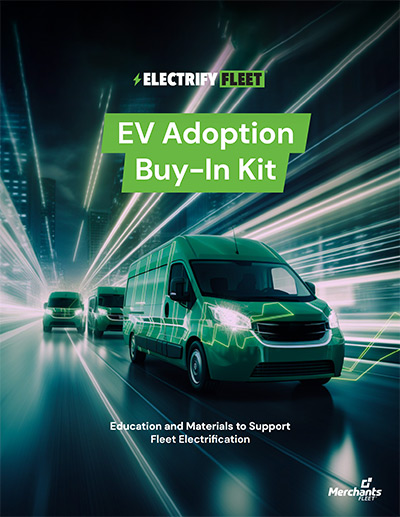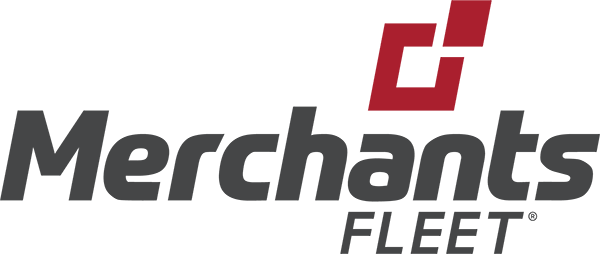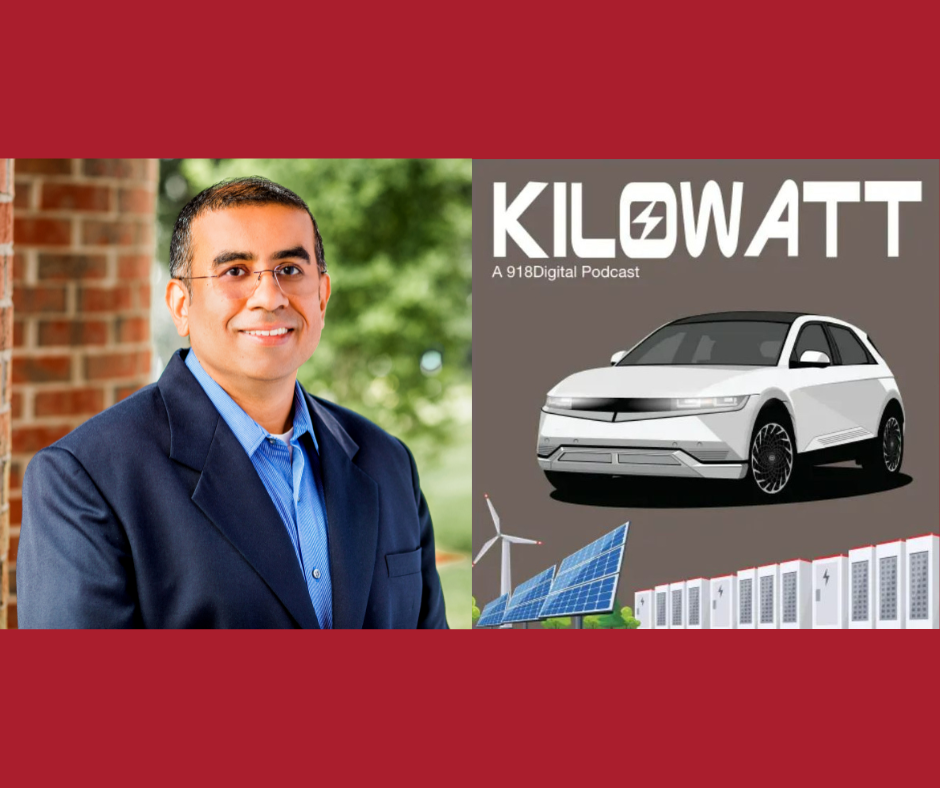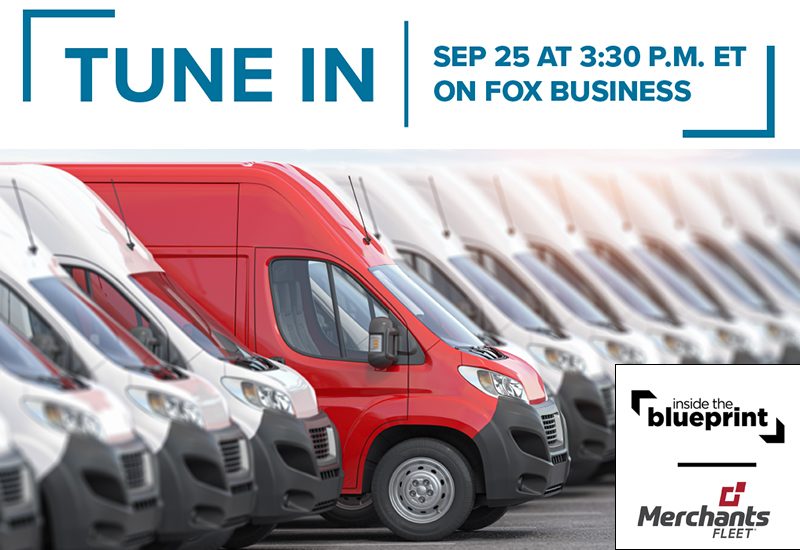How to Write an Electric Vehicle Fleet RFP [+Template]
As in many industries, issuing a request for proposals (RFP) is standard for companies who wish to make changes to their vehicle fleet. With increased interest and incentives around fleet electrification, companies are partnering with electric vehicle (EV) fleet providers to ensure their plan for EV adoption rolls out smoothly and hits their goals.
RFPs do not necessarily need to follow a specific template, but they should include a handful of important components to be successful. The goal is for prospective vendors to learn enough about your company and its needs to determine whether their services would be an appropriate match.
Define Your Goals
Fleet electrification isn’t just a trend — there are many reasons why a company with a fleet might decide to go fully or partially electric. Common objectives include reducing their carbon footprint, adopting more sustainable business practices, meeting ESG goals (environmental, social, governance) and reducing maintenance and energy costs. The first step in your fleet electrification process is to clearly define your company’s own challenges and goals.
It’s crucial to obtain widespread buy-in early in the process, which can be achieved by actively involving internal stakeholders in the planning stage. To start, ask your team to identify the challenges they think might be mitigated through EV adoption. Consider all fleet management services your company needs or will need in the future, especially after electrification. Do you want to go fully electric or only transition part of your fleet to EVs? Will your current technicians be able to service EVs, or will you need to hire EV specialists or outsource? Can your facilities make the necessary infrastructure upgrades, such as installing EV charging stations?
Discuss how electric fleet vehicles will help your company meet its ESG goals, but be sure to set realistic expectations — some results, such as cost savings, may not be apparent right away. Clarifying goals and expectations will help you set selection criteria as you begin your search for vendors. The clearer you are about your needs and criteria, the more accurate proposals you’ll receive from potential vendors, and the better you’ll be able to tell how they’ll be as a partner.
EV fleet provider RFPs should address some or all of the following:
- Vehicle Acquisition
- Vehicle Charging Infrastructure
- Remarketing
- Maintenance
- Fleet Consulting
- Technology
- Fleet Management
What About an RFI?
A request for information (RFI) comes before an RFP. It’s a great way to collect information from potential vendors and narrow down your options before sending out RFPs. When sending out RFIs, you do not need to have all your services or preferred solutions set in stone yet — the information you receive from potential vendors should help you clarify your needs and learn more about the available options.
Nine Elements of an Effective EV Fleet RFP
here are some key elements that you can include in your RFP to help potential vendors gain a comprehensive view of your needs, preferences, and limitations. Just like in a job interview, they’re assessing you as much as you’re assessing them — you want to give as clear a picture as possible of your company and what you’ll be like to work with.
1. Describe Your Company and Your Fleet
Explain what your company does, what your current fleet looks like, the function it serves, what fleet management services you handle in-house, and your goals for the future. You can be as specific and detailed as providing the makes and models of your fleet vehicles, mentioning whether you own or rent the property or facility, and explaining your current maintenance capabilities.
2. Describe Your Challenge
A specific challenge (or collection of challenges) is likely the impetus behind your fleet electrification initiatives, so explaining the reason for your RFP should be fairly straightforward. Additionally, be as frank as possible about your constraints and limitations — you don’t want a vendor to submit their proposal only to find out their services far exceed your budget.
3. Include Administrative Requirements
Make sure your RFP clearly explains how a candidate should respond, whom they should contact, what communication channel(s) to use, all necessary documents, any important deadlines, and whether they have an opportunity to ask questions before submitting a proposal.
4. Share Your Timeline
Be clear about when a candidate should expect to hear back, what steps to expect in the vetting process, when you would like to hit certain project benchmarks, etc. Be realistic about project timelines so candidates can determine if the project is feasible on their end.
5. Consider Sharing Evaluation Criteria
You don’t have to share all the details with potential vendors, but it would help them to know how they might be assessed or measured against other candidates. Transparency (within reason) is generally appreciated.
6. Consider a Service Level Agreement (SLA)
Much like evaluation criteria, an SLA sets standards for the level of service you expect to receive from vendors. You can set standards around fleet-specific services like maintenance and fuel card management for hybrid vehicles, as well as general elements like customer service, communication, or project management.
7. Clarify Your “Must-Haves” vs. “Nice-to-Haves”
It’s not guaranteed that you’ll find a vendor who meets all of your criteria, so it’s recommended to clarify which criteria are non-negotiable and which you could do without if unavailable. This will likely expand your candidate pool, since an inability to provide your “nice-to-have” items isn’t necessarily a dealbreaker.
8. Include a Pricing Template
Provide a pricing template to specify how you would like candidates to break down their costs, which will make it easier to compare options during the vetting stage. If you are requesting pricing for something time-dependent (such as leasing rates), provide a specific date range as a standard measurement.
9. Ask for Charging Support Details
An EV fleet vendor is not typically a single-sale merchant — they’ll hopefully be your company’s partner for the long haul. Along with ongoing services such as maintenance and tech support, you’ll want to know what aspects of charging installation, maintenance, and upgrades they can handle, what tyes of charging solutions they offer, and whether they can provide interim charging solutions while infrastructure upgrades are being made.
What to Ask Providers
The Q&A section is an important part of every RFP, since it gives vendors something explicit to respond to. Questions should touch upon both the qualitative and quantitative sides of fleet management.
General question categories should include:
- Accident Management and Safety Programs
- Account Management and Onboarding
- Billing
- Consulting Services
- Disposition and Remarketing
- Fuel Management (for hybrid vehicles)
- Leasing and Funding
- License and Title
- Maintenance Management
- Outsourcing
- Purchasing and Acquisition
- Technology and Reporting Capabilities
- Telematics
Be sure to also include EV-specific questions, such as:
- What are the different charging options you’re able to provide?
- Do you have mobile apps to assist with EV charging? If so, please describe the functionality.
- Do you offer a home charging solution for employees who bring their EVs home each night?
- Do you offer payment processing solutions to reimburse employees for their energy use?
- What is your normal turnaround for getting home chargers installed? Depot chargers?
- Can you provide temporary charging solutions if our infrastructure deployment takes longer than expected?
- What controls do you have in place to ensure that charging purchases are only used for fleet vehicles?
- What vendors do you partner with to provide EV depot charging solutions?
- Do you offer technical support? Technician training?
- What is the maximum energy output of your charging stations?
Not every question may apply to your scenario, but this list should provide a comprehensive idea of all the angles to cover when crafting your RFP.
Prepare for Responses
If you have successfully crafted and deployed a comprehensive RFP, you should start to receive responses from promising EV fleet vendors. In addition to establishing an evaluation process, you should also devise a system for aggregating, sorting, and analyzing the data.
Consider the following:
- Who will receive the submissions? Where should they be sent?
- Will you manually compile responses?
- Will you use an online tool to organize and store responses?
- Will you examine each submission separately?
- How will you compare your options?
- Will you examine various responses question by question?
- Which stakeholders need to participate in the evaluation process?
- Will you use a blind judging approach?
Prepare to Make a Decision
Your evaluation system should provide a detailed and accurate view of your options and make it clear which EV fleet provider can best meet your company’s needs.
Before formalizing a decision and drafting a contract, consult with internal stakeholders to ensure everyone is in agreement. While your specific criteria will be unique to your company, you want to prioritize vendors who can deliver the solutions you need, help you solve your fleet-related challenges, offer a high level of flexibility, and provide personalized service that puts the customer first.
Start with an EV Fleet RFP Template
While every EV fleet RFP will look different depending on the company, it helps to start with a general template that ensures all your bases are covered. We’ve created two resources — an EV fleet services template and a sample pricing template — to help you get started crafting your own RFP materials.
Download the templates and use them as a starting point or a first draft, tailoring them to your organization’s needs.
At Merchants Fleet, we’re dedicated to educating fleet managers and optimizing the EV adoption process for companies of all sizes. Reach out to our team today to learn about our EV fleet pilot program — we’ll be happy to answer any questions about fleet electrification.








